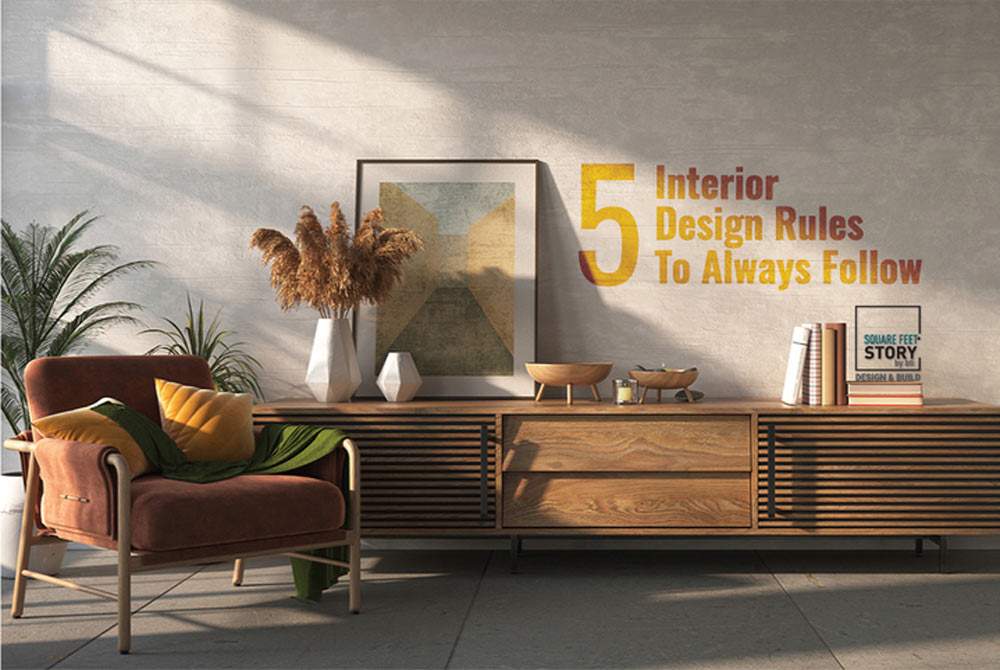
5 Interior Design Rules To Always Follow
Interior design is an art form that requires creativity, skill, and knowledge. There are many rules that designers must follow to ensure that a space looks beautiful, functional, and harmonious.
However, not all rules are created equal, and some are more important than others. In this blog post, we will discuss five interior design rules that you should always follow.
Scale and Proportion
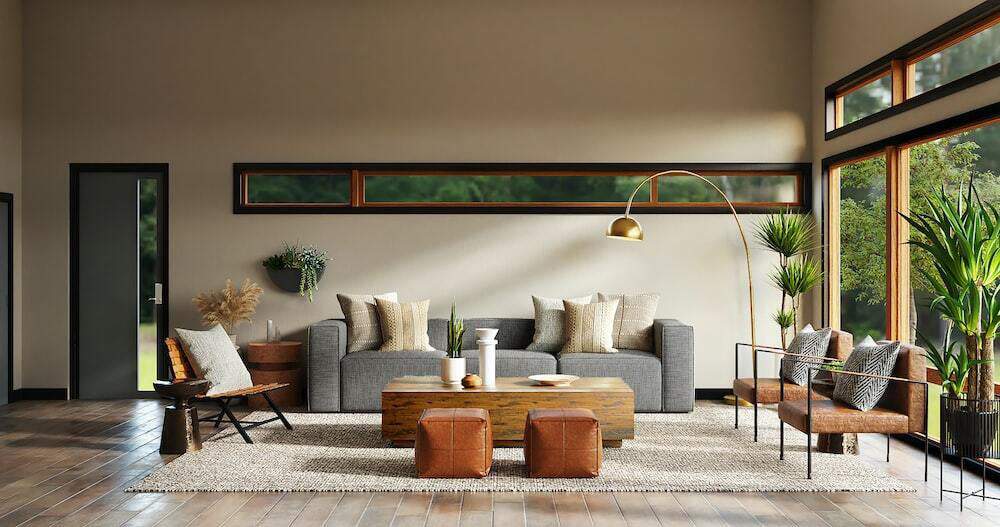
Source: Unsplash
Scale and proportion are two of the most important interior design principles. Scale refers to the size of an object in relation to the space it occupies, while proportion is the relationship between different elements in a space. Getting the scale and proportion right is crucial to creating a harmonious and balanced design.
One of the most common mistakes people make is choosing furniture that is too large or too small for the space. Oversized furniture can make a small room feel cramped, while undersized furniture can make a large room feel empty. To avoid this, measure your space carefully and choose furniture that fits the scale of the room.
Color
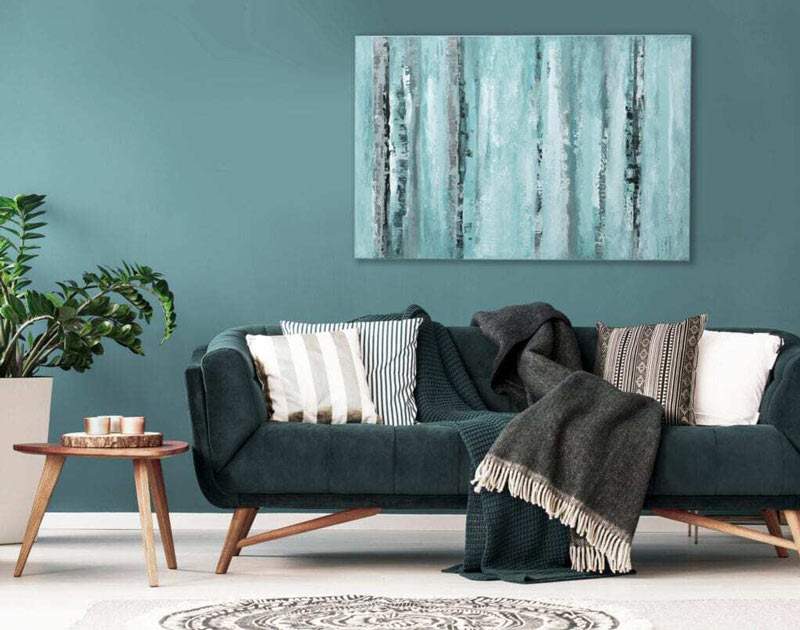
Source: Mymove
Color is another important aspect of interior design. The right color palette can create a mood, make a space feel larger or smaller, and tie together different elements in a room. However, choosing the wrong colors can have the opposite effect.
One of the biggest mistakes people make with color is using too many colors or choosing colors that clash. To avoid this, stick to a color palette of two to three colors and use different shades and tones to add depth and interest. You can also use accent colors to add pops of color without overwhelming the space.
Lighting
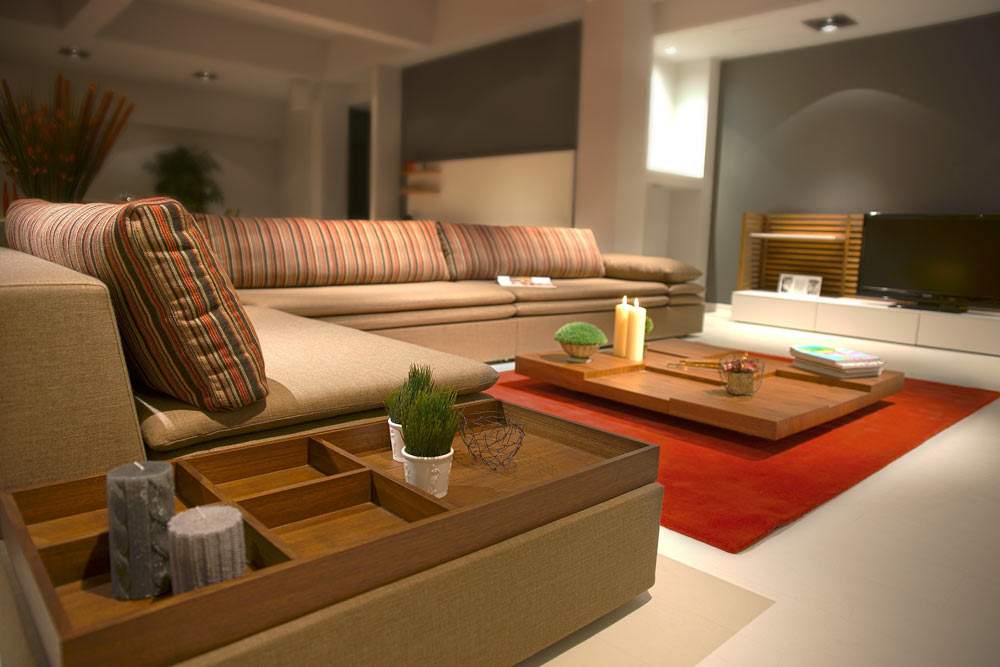
Source: Henrietta Heisler Interiors
Lighting is often overlooked in interior design, but it can make a huge difference in the look and feel of a space. Good lighting can highlight key features, create ambiance, and make a room feel larger and more inviting. On the other hand, poor lighting can make a space feel dingy and uninviting.
To get the lighting right, use a mix of ambient, task, and accent lighting. Ambient lighting provides overall illumination, while task lighting is used for specific activities like reading or cooking. Accent lighting is used to highlight key features like artwork or architectural details.
Texture
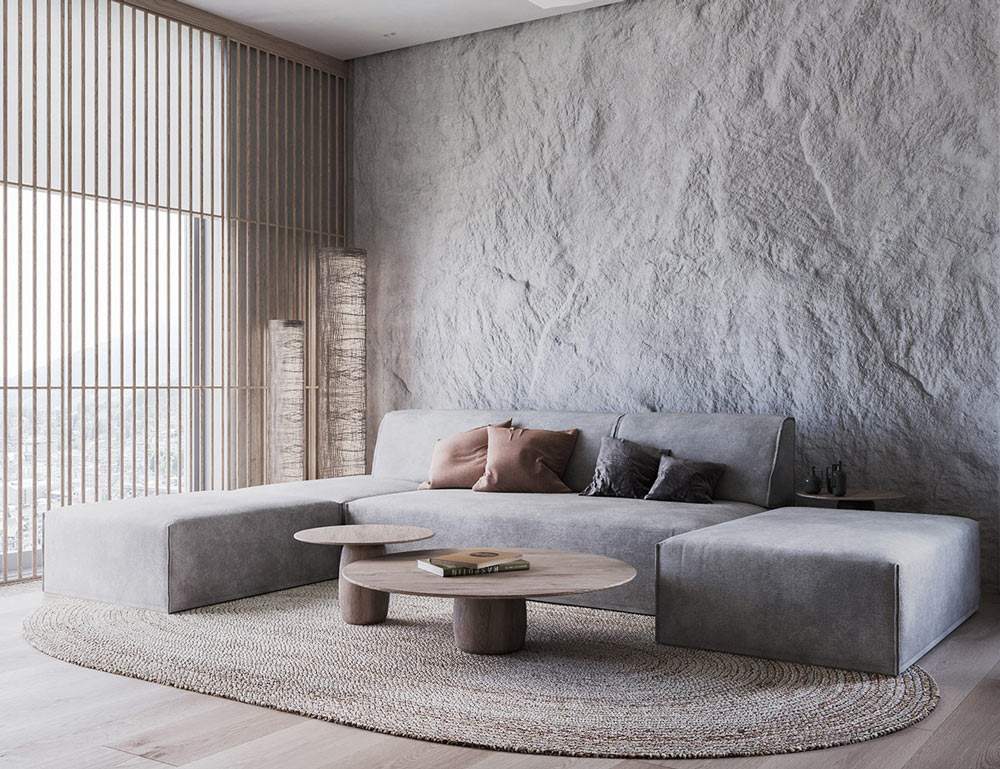
Source: Interior Design Ideas
Texture is an important element of interior design that can add depth and interest to a space. However, it can be easy to overdo it with too many textures or textures that clash. To avoid this, choose textures that complement each other and use them sparingly.
For example, you could pair a rough, textured rug with a smooth, glossy coffee table. Or you could add a plush, velvet cushion to a leather sofa. The key is to choose textures that add interest without overwhelming the space.
Functionality
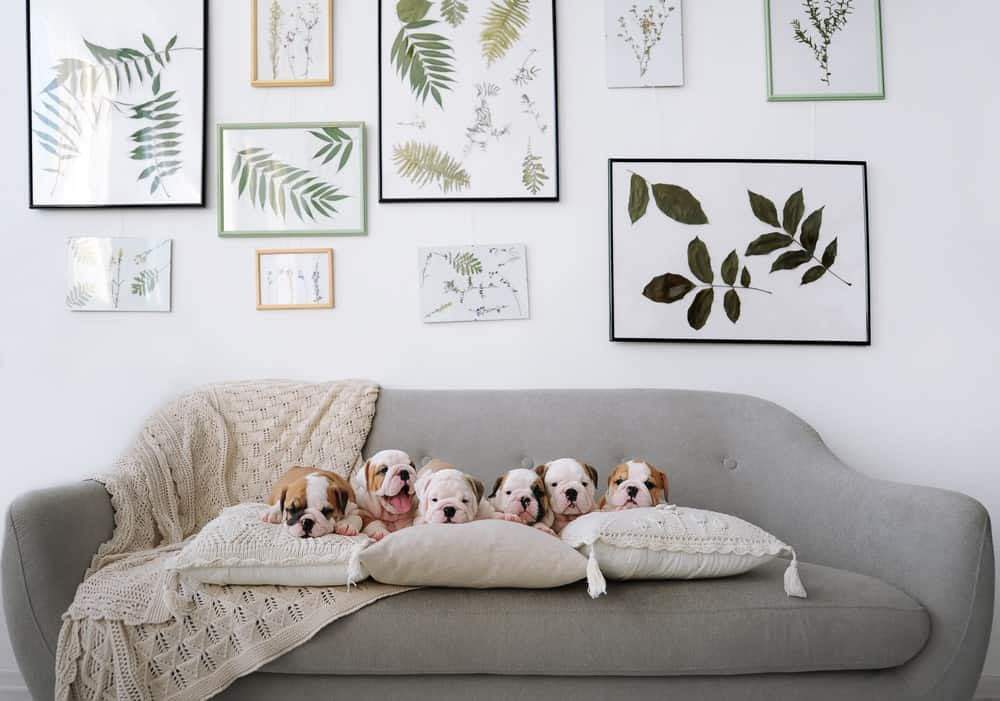
Source: The Doglington Post
Finally, it’s important to remember that interior design is not just about aesthetics – it’s also about functionality. A beautiful room that doesn’t work for your lifestyle is a wasted effort. Before you start designing, consider how you will use the space and what your needs are.
For example, if you have children or pets, you may want to choose durable, easy-to-clean fabrics and surfaces. If you love to entertain, you may want to create a seating area that encourages conversation. By prioritizing functionality, you can create a space that looks beautiful and works for your lifestyle.
Take Away
In conclusion, interior design is a complex and multifaceted art form that requires attention to detail and a good eye for aesthetics. By following these five rules – scale and proportion, color, lighting, texture, and functionality – you can create a beautiful, functional, and harmonious space that you will love to live in.

